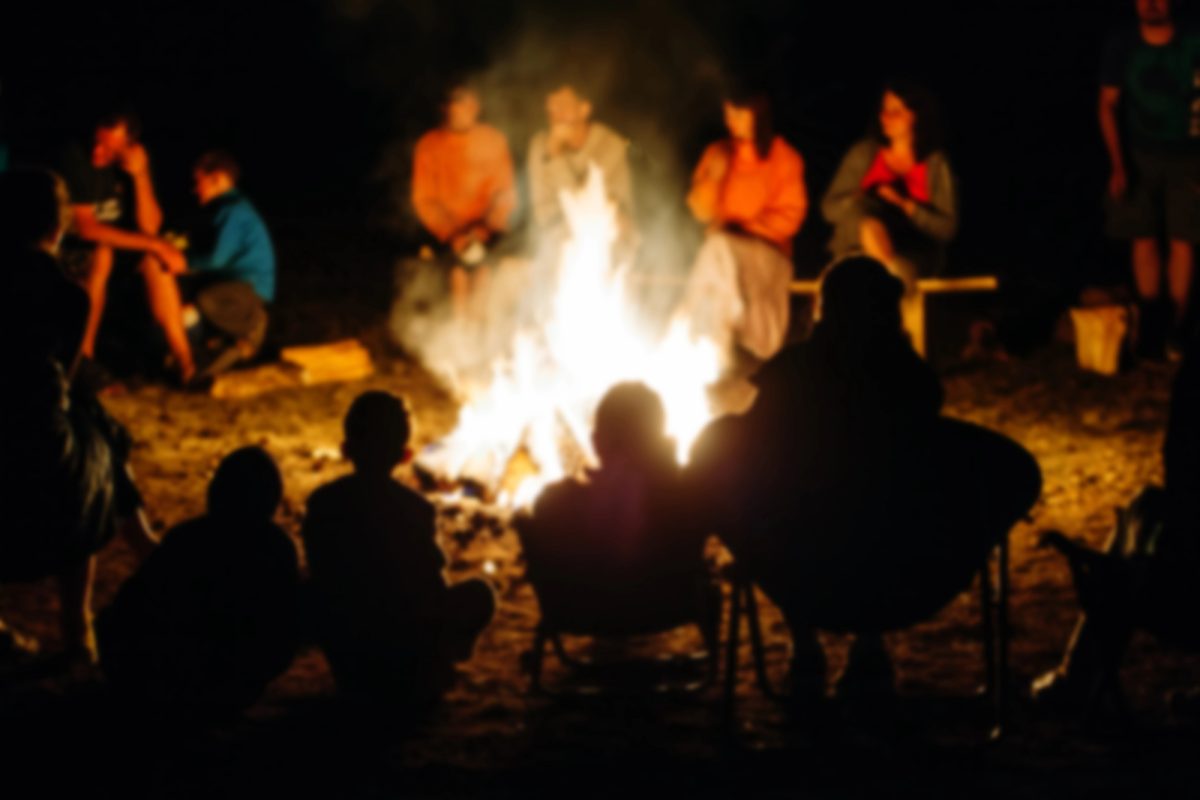
According to AAA Mid-Atlantic:
In 2015, Delaware State Police logged a statewide total of 1,536 animal-vehicle crashes (up from 1,227 in 2014) leading to two fatalities and 85 personal injuries (up from 54 personal injuries 2014). There were also 1,449 property damage crashes (up from 1,173 in 2014).
That obviously doesn’t include unreported crashes. Delaware drivers have a 1 in 148 chance of a collision; the average property damage claim in deer-vehicle collisions is $3,995.
Deer are especially active from 5 to 8, am and pm. Of course, as luck would have it, that aligns with rush hour, exponentially increasing your odds of eventually getting into a deer-related accident.
My experience is that the population is much more concentrated near parks— I’m always super cautious around White Clay Creek State Park— but I’ve seen deer crossing major roadways including 95, and at all times of the day.
So the main message here is stay alert! Here are some tips courtesy of the Delaware Office of Highway Safety, Delaware police agencies, auto insurance companies and DNREC’s Wildlife Section.
Defensive driving:
how to avoid hitting a deer
- Turn your headlights on at dawn and dusk and keep your eyes on the road, scanning the sides of the road as well as what’s ahead of you. When there is no oncoming traffic, switch to high beams to better reflect the eyes of deer on or near the roadway.
- To reduce your risk of injury in a collision, always wear your seatbelt.
- Be especially aware of any distractions that might take your eyes off the road, even if only momentarily, such as cell phones, adjusting the radio, eating or passenger activities.
- Constantly do a visual sweep: see what’s up ahead, and on the sides of the road. Remember that animals not only like to dart out in front of you, they can run into the side of your car.
- Slow down around turns! You never know what’s around a blind curve.
- Watch for “Deer Crossing” signs that mark commonly-traveled areas, and be aware that deer typically cross between areas of cover, such as woods or where roads divide agricultural fields from woods.
- If you see a deer crossing the road ahead, slow down immediately and proceed with caution until you are past the crossing point. Deer usually travel in groups, so if you see one deer, there’s most likely more than one.
- Slow down and blow your horn with one long blast to frighten deer away. Do not rely on devices such as deer whistles, deer fences and reflectors to deter deer, as these devices have not been proven to reduce deer-vehicle collisions.
- Do not swerve to miss a deer – brake and stay in your lane. Losing control of your vehicle, crossing into another lane, hitting an oncoming vehicle or leaving the roadway and hitting another obstacle like a tree or a pole is likely to be much more serious than hitting the deer.
What to do if you hit a deer
Stop, get your car off the road if possible and call the police, especially if the deer is in traffic’s way.
Do not touch or get too close. Didn’t you see Tommy Boy? A wounded deer will act unpredictably. A stunned deer may wake up.
Try not to feel bad. You may feel guilty for injuring an animal or skittish about getting back behind the wheel. That’s extremely normal. Don’t put off getting back behind the wheel, but do learn the lesson of hyper vigilance while you’re there.
FYI, anyone who would like to take possession of a deer killed on the road can obtain a vehicle-killed deer tag from DNREC’s Division of Fish & Wildlife Natural Resources Police, 302-739-9913.


